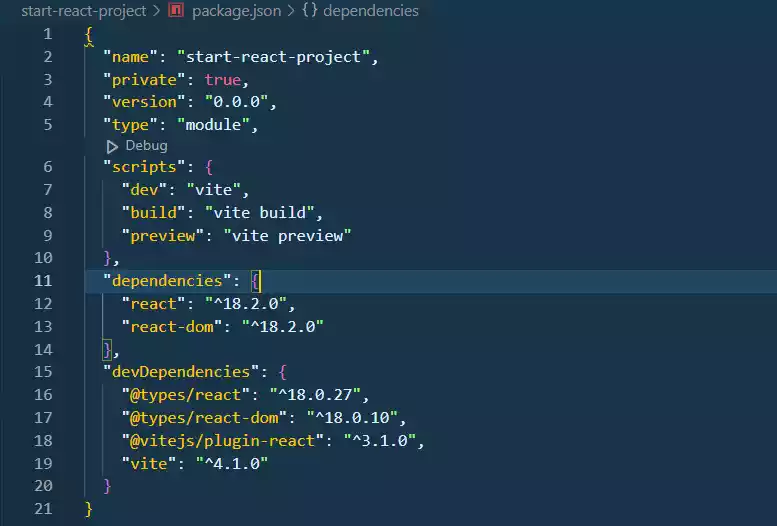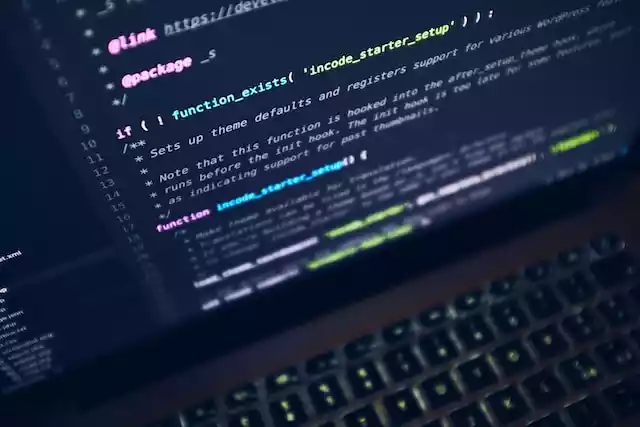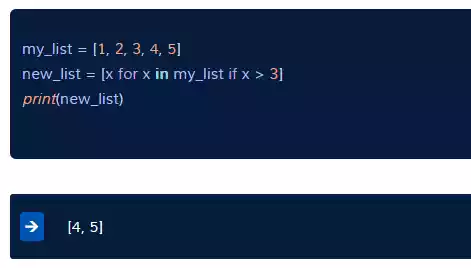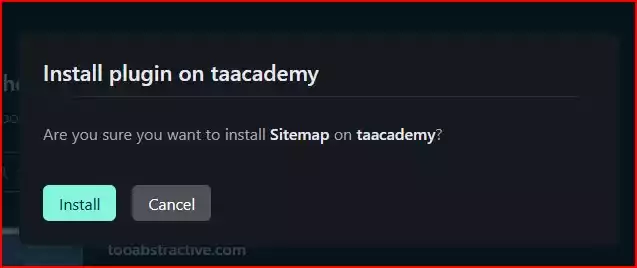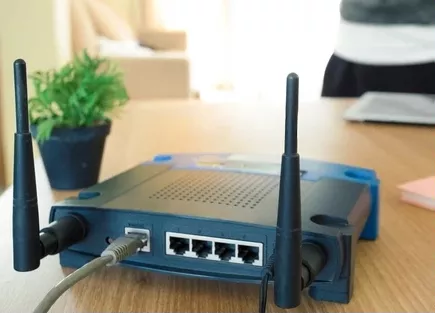What is DALL-E and Where Does DALL-E Get Its Data From?
DALL-E, also known as DALL-E 2, is an impressive large language model (LLM) developed by OpenAI.
Its primary function is to generate images based on textual descriptions.
By training on a vast dataset comprising text from various sources such as books, articles, websites, and social media, alongside images gathered from platforms like Google Images, Flickr, and Pinterest, DALL-E has become a revolutionary tool in the field of image generation.
Understanding DALL-E’s Training Dataset
The training dataset used to train DALL-E is a comprehensive collection of paired text and image data.
Although the exact details of the dataset remain undisclosed, it is believed to consist of an extensive range of images and corresponding text descriptions.
This pairing allows DALL-E to learn and understand the relationship between text prompts and the visual representations they describe.
It is worth noting that the training dataset for DALL-E may contain copyrighted images. However, OpenAI has taken measures to mitigate any potential copyright issues by implementing filters to exclude images that are likely to be copyrighted.
In addition, OpenAI respects intellectual property rights and provides users with an option to request the removal of their images from the training dataset.
Unveiling DALL-E’s Capabilities
DALL-E was first introduced by OpenAI in January 2021. Based on the foundation of the GPT-3 language model, it has the ability to generate images of diverse objects, scenes, and concepts.
The potential applications of DALL-E’s image generation capabilities are vast and can be utilized in various creative domains.
The core mechanism of DALL-E involves leveraging the knowledge acquired from its training dataset.
By interpreting textual prompts, DALL-E can transform them into visually stunning images. This process empowers users to effortlessly translate their ideas into vibrant visuals through simple text descriptions.
Wrap Up
As a wrap up, DALL-E, developed by OpenAI, is a groundbreaking model that enables image generation from textual descriptions.
It’s training on a vast dataset of paired text and images equips it with the ability to produce high-quality visual outputs.
As DALL-E continues to evolve, it holds immense potential to revolutionize the creative landscape by bridging the gap between language and visuals.
FAQs
- How does DALL-E generate images from text? DALL-E generates images from text by utilizing its training dataset, which enables it to understand the relationship between textual descriptions and corresponding visuals.
This allows it to generate relevant and high-quality images based on the provided text. - Can DALL-E generate images of specific objects or scenes? Yes, DALL-E can generate images of a wide variety of objects, scenes, and concepts.
It’s training on a diverse dataset allows it to comprehend and produce visual representations of different subjects. - Is DALL-E still under development? Yes, DALL-E is an ongoing project that continues to be developed and refined by OpenAI. Further advancements and improvements are expected in the future.
- Can copyrighted images be used by DALL-E? OpenAI has implemented measures to minimize the use of copyrighted images in DALL-E’s training dataset.
However, if copyrighted images are included, OpenAI provides an option for users to request their removal from the dataset to uphold intellectual property rights. - How can DALL-E contribute to creativity and innovation? DALL-E’s image generation capabilities offer immense potential for fostering creativity and driving innovation.
It provides a powerful tool for artists, designers, and creators to visualize their ideas through textual descriptions, opening up new possibilities for creative expression.

